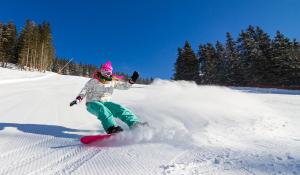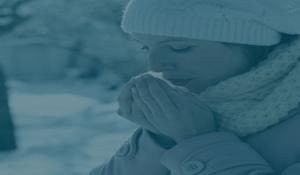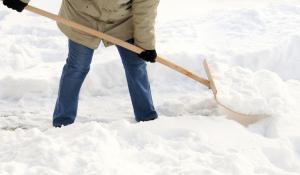What You Need to Know About Bone Cancer
Submitted by Kaitlyn Wekerle on Wed, 01/08/2014 - 8:07amWhat is bone cancer?
Bone cancer can form as a malignant (cancerous) or benign (noncancerous) tumor that destroys surrounding bone tissue. Benign tumors are actually more common than malignant tumors, but both compress healthy bone tissue. The only difference is that benign tumors do not destroy bone tissue, do not metastasize (spread), and do not pose any real life threat.
In some cases of bone cancer, it develops from a cancer that has metastasized from another part of the body such as the breast, lung, or prostate. This kind of cancer is called metastatic cancer. Bone cancer that does not spread is less common than cancer that does.
What kinds of bone cancer are there?
The most common types of bone cancer are:






